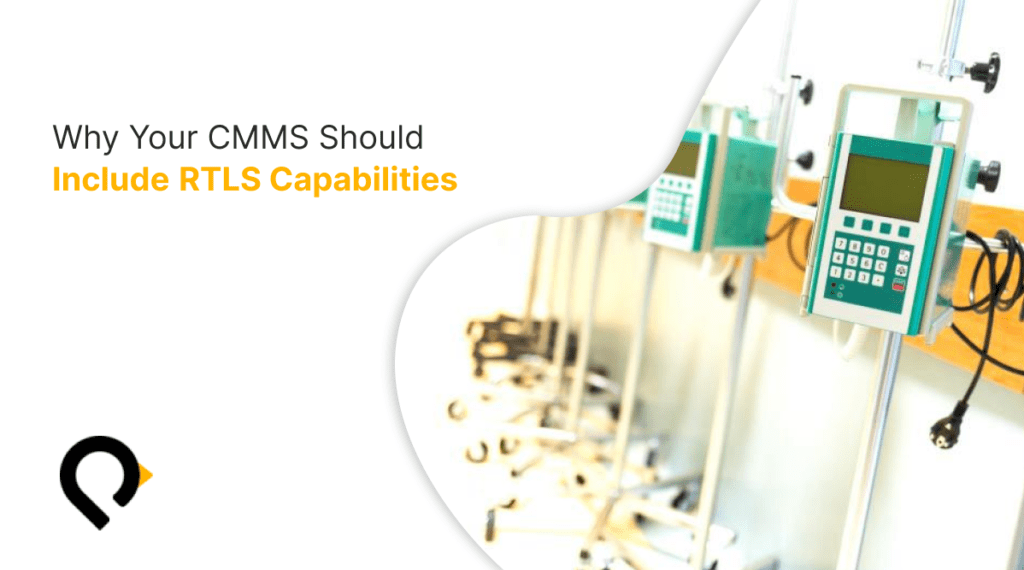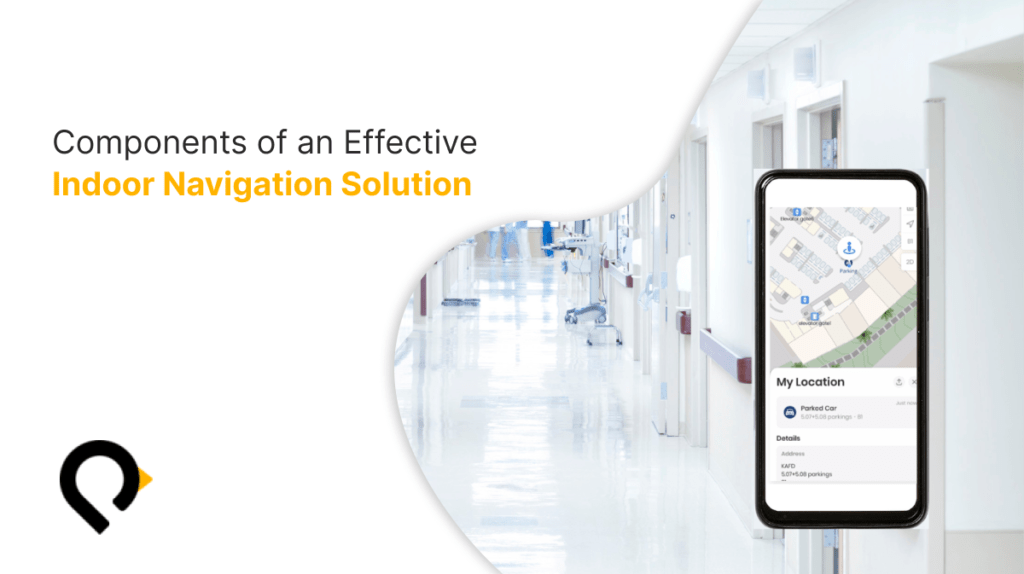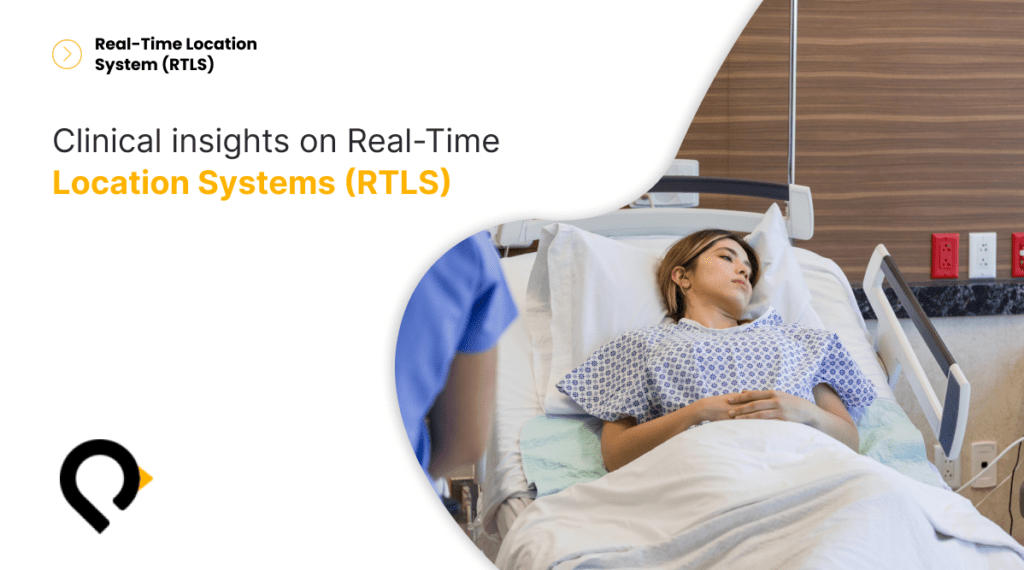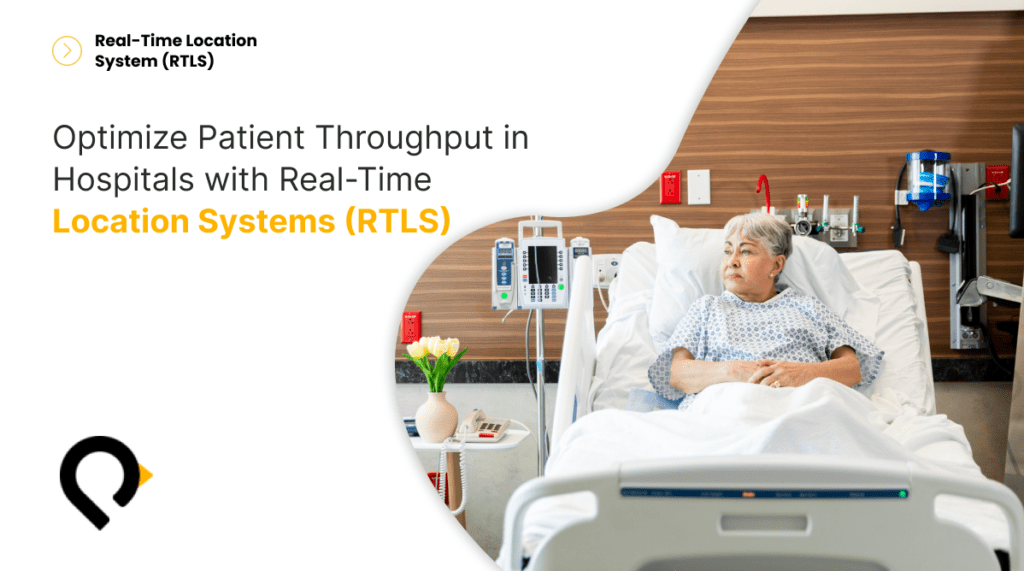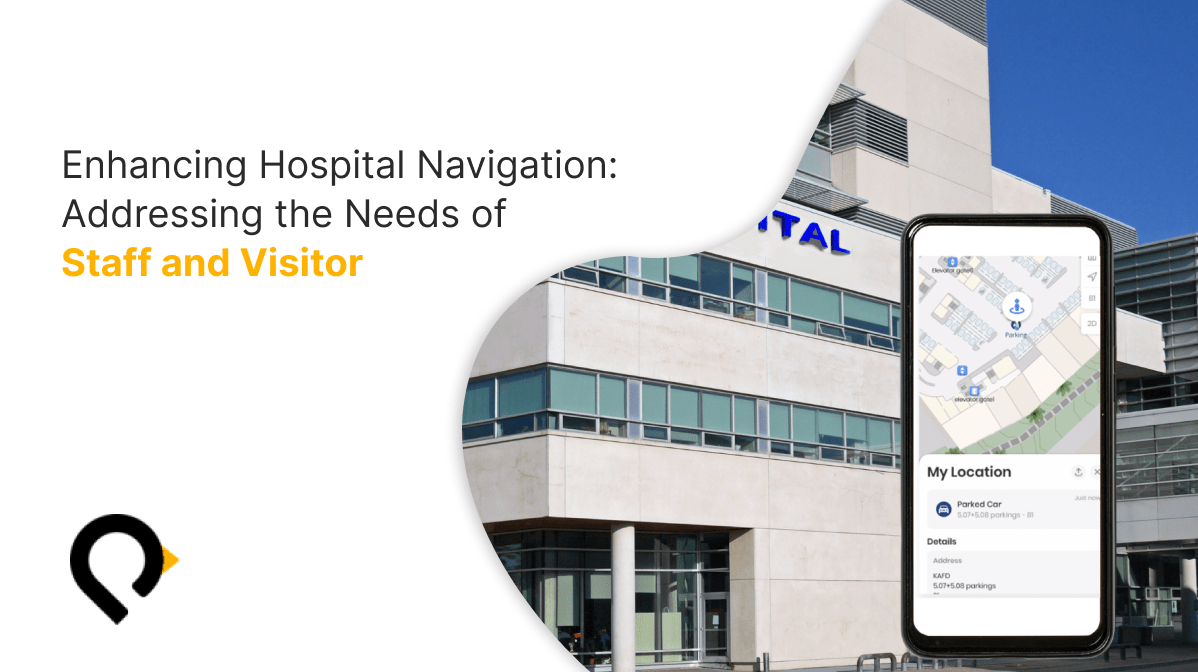
Navigating large hospital environments can be a daunting task for both staff and visitors. The complexity of these sprawling medical facilities often leads to confusion, inefficiency, and increased stress. Digital indoor navigation has been adopted by many hospitals as an innovative solution to improve navigation experience within hospital premises.
The Challenge of Hospital Navigation
Hospitals are intricate environments with extensive, interconnected buildings. This complexity frequently results in navigation issues for staff and patients alike, leading to stress, inefficiency, and potential safety risks. Recognizing these challenges, facility operators are looking at identified navigational difficulties across different stakeholders to specifically propose effective solutions.
Current Navigational Aids
Most hospitals employ various navigational aids, including color-coded lines on the floor, detailed signs, building plans, and staffed reception areas. Despite these efforts, many users still find it challenging to navigate these environments. Language barriers further complicate the situation, as signage is often available only in the local language, making it difficult for non-native speakers. Additionally, the size of the hospital and frequent renovations can render static signs obsolete, necessitating more dynamic and adaptable solutions.
Insights from Hospital Staff
To better understand the navigational challenges, Penguin has conducted a poll in a medical city to assess how hospital staff perceive the existing indoor navigation system. Many staff members frequently struggle to find their destinations within the hospital.
Furthermore, staff members are often asked for directions by visitors and patients, disrupting their workflow and highlighting the inadequacy of existing navigational aids. The current signage is not well-suited for non-native speakers or individuals with mobility limitations, underscoring the need for more inclusive and adaptable solutions.
Proposed Solution: A Mobile Navigation Application
One promising solution to these challenges is the inclusion of a digital navigation solution with in the healthcare authority of facility mobile application. In the poll conducted, respondents expressed strong interest in such a feature, with many indicating a willingness to use it. Features identified for the app include accurate position estimation, real-time trajectory display on maps, multilingual support, and customization based on user mobility capabilities. Privacy protection and the ability to function without an internet connection were also labeled important.
Benefits of a Mobile Navigation App
Implementing a mobile navigation with a mobile hospital app offers numerous benefits. Firstly, it provides real-time, personalized navigation assistance, helping users find their destinations quickly and efficiently. The app can be updated dynamically, ensuring it reflects the latest changes in the hospital’s layout and signage. This adaptability is crucial in a constantly evolving environment like a hospital.
Additionally, the app can reduce the burden on staff who frequently provide directions, allowing them to focus more on their primary responsibilities. By integrating features such as appointment reminders and location sharing, the app can further enhance user convenience and improve overall hospital workflow.
Conclusion
Navigating large hospital environments is a complex task that significantly impacts the efficiency and stress levels of both staff and visitors. Recent studies highlight the need for improved navigational aids and propose the implementation of a mobile navigation application as a viable solution. By addressing the identified challenges and incorporating user requirements, such an application can enhance navigation, reduce stress, and improve overall hospital operations. Through these technological advancements, hospitals can create a more navigable, efficient, and user-friendly environment for everyone involved.

